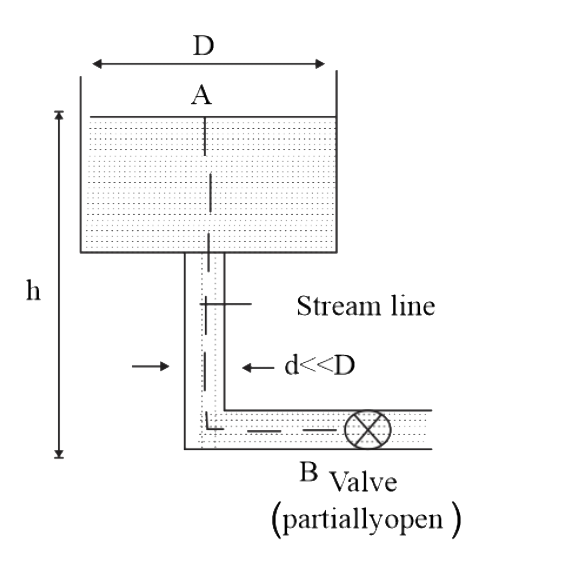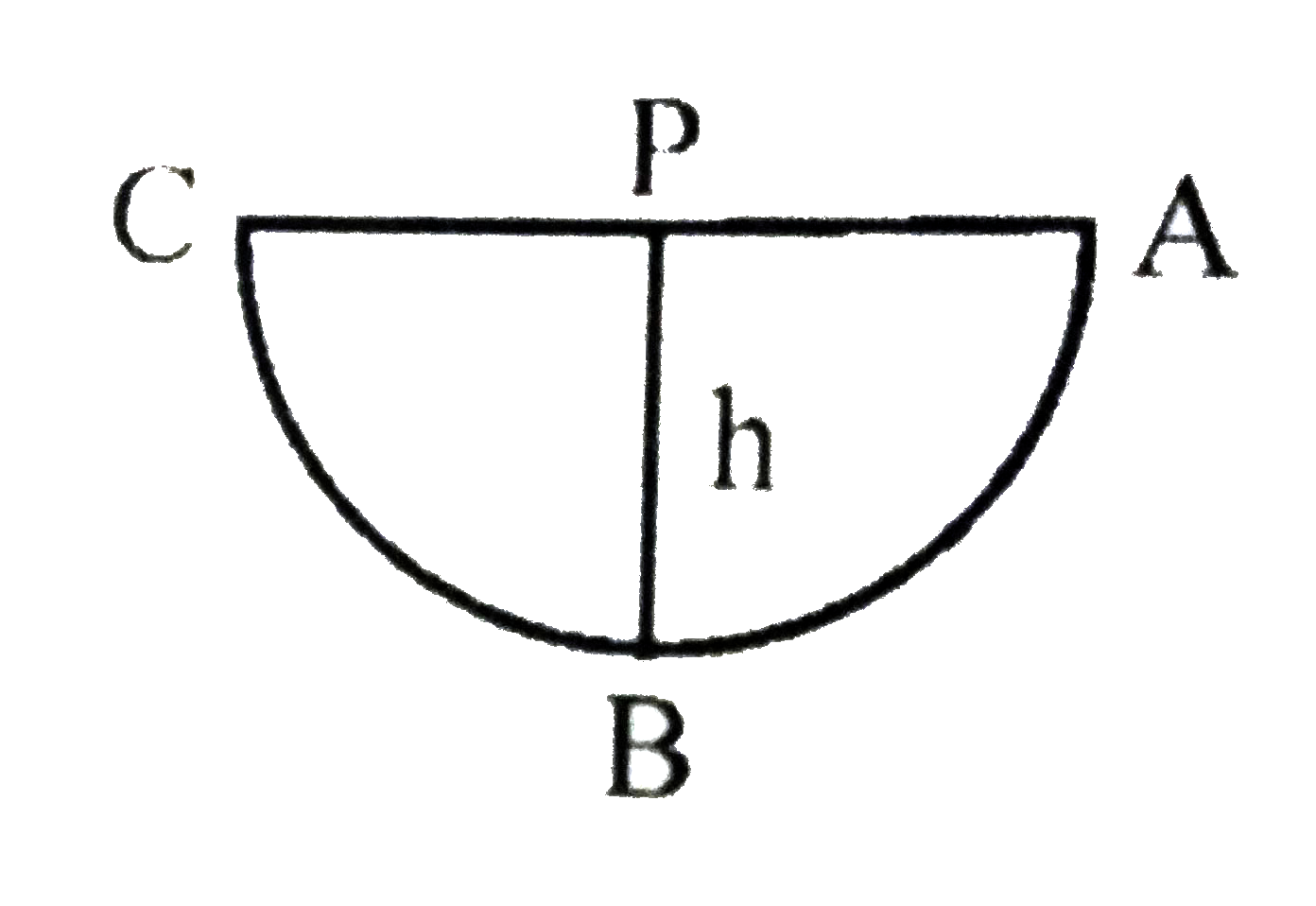A stone lying at rest in a river The minimum mass of stone, m=kρvxg−3 is needed for remaining at rest here, h= constant having no unit , g= acceleration due to gravity , v= river flor velocity , ρ= density of water. The value of x is
3
5
6
8
The correct Answer is:c
The unit of LHS is kg The unit of RHS should be kg
Here kρv2g−3=(kgm3)(ms)x(ms2)−3
=(kg)(m)−3+x−3(s)+6−x
∴−6+x=0
⇒x=6
Topper's Solved these Questions
Similar Questions
Assume that the largest stone of mass 'm' that can be moved by a flowing river depends upon the velocity of flow v, the density d & the acceleration due to gravity g. I 'm' varies as the Kth power of the velocity of flow, then find the value of K.
View SolutionThe mass m of the heaviest stone that can be moved by the water flowing in a river depends on speed (v) of water, density (d) of water and the acceleration due to gravity (g). Find the dimension of velocity on which mass of stone depends.
View Solution
Knowledge Check
A storage tower supplies water, as shown in the figure. If P0 is the atmospheric pressure h = height of water level, g = acceleration due to gravity, ρ= density and v = velocity of flow in the horizontal pipe at B, then the pressure at B is -
 AP0BP0+ρghCP0+ρgh+12ρv2DP0+ρgh−12ρv2
AP0BP0+ρghCP0+ρgh+12ρv2DP0+ρgh−12ρv2At a given place where acceleration due to gravity is gms2, a sphere of lead density dkgm3. If d>ρ, the sphere will
Afall vertically with an acceleration gms2Bfall vertically with no accelerationCfall vertically with an acceleration g(d−ρd)Dfall vertically with an acceleration g(ρd)At a given place where acceleration due to gravity is gms2, a sphere of lead density dkgm3. If d>ρ, the sphere will
Afall vertically with an acceleration gms2Bfall vertically with no accelerationCfall vertically with an acceleration g(d−ρd)Dfall vertically with an acceleration g(ρd)
A simple pendulum with a bob of mass m oscillates from A to C and back to A, such that PB=h,

If the acceleration due to gravity is 'g', then the velocity of the bob as it passes through B is
View SolutionThe velocity of the waves on the surface of water is proptional to λaρβgγ where λ = waver length, ρ = density and g =m acceleration due to gravity. Which of the following relation is correct?
View SolutionAssuming that the mass m of the largest stone that can be moved by a flowing river depends upon the velocity υ, of water, its density ρ and acceleration due to gravity g, then m is directly proportional to
View SolutionThe Bernoulli's equation is given by P+12ρv2+hρg=k. Where P= pressure, ρ= density, v= speed, h=height of the liquid column, g= acceleration due to gravity and k is constant. The dimensional formula for k is same as that for:
View SolutionAccording to Bernoulli's theorem pd+v22+gh = constant is (P is pressure, d is density, h is height, v is velocity and g is acceleration due to gravity)
View Solution
